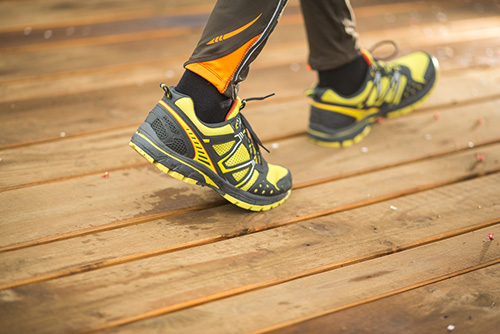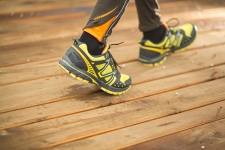3D Printing of Prosthetics
What Is 3D Printing?
For those who don’t know, 3D printing is a fairly new technology that essentially prints three-dimensional objects based on blueprints from digital files. It’s an additive process, meaning that objects are created by stacking up layers of material until the object, such as a prosthetic, is created. Though 3D printing is still relatively new, it’s made great strides in making certain products available to the public and is totally transforming the prosthetic industry.

Before 3D printing, prosthetics were expensive and unaffordable for many people who could otherwise benefit from some type of prosthetics. For example, traditionally-made prosthetics can cost anywhere between $5,000 and $50,000. That’s a big chunk of money that most average people don’t have. However, prosthetics made using 3D technology typically only cost between $100 and $300. Some prosthetics have even been created for as low as $50. The affordability of 3D-printed prosthetics is a welcome relief to many individuals who can benefit from prosthetics or require them for a better quality of life.
In addition, the affordability of 3D printed prosthetics makes them an ideal fit for children in need of prosthetics. After all, children are always growing, and as they mature, their prosthetics will have to grow with them. Before 3D printing, this meant having to purchase countless new prosthetics over the years. However, because 3D printing offers access to affordable prosthetics, children can enjoy a better quality of life with prosthetics that meet their needs as well. As an added benefit, leaders in the industry are even beginning to explore 3D printed prosthetics made from stretchable materials designed to grow with a child.
Other benefits of 3D printed prosthetics include the following:
Speedy process: Compared to other methods of creating prosthetics, 3D printing is the faster option. Depending on the type of prosthetic that’s needed, a prosthetic limb can be printed in a day. That’s it. Talk about convenience.
Customizable: A huge benefit of 3D printing is that it allows for more customization to best meet the needs of the individual who will receive the prosthetic. Whether the individual regularly takes part in outdoor activities or has a physically demanding job, 3D-printed prosthetics can be designed to ensure they will withstand the day-to-day demands of the owner.
These are only a few of the benefits of 3D printing and prosthetics. One thing is for certain, though. It will be interesting to see how the technology continues to evolve and what 3D printing will make possible later down the road.

